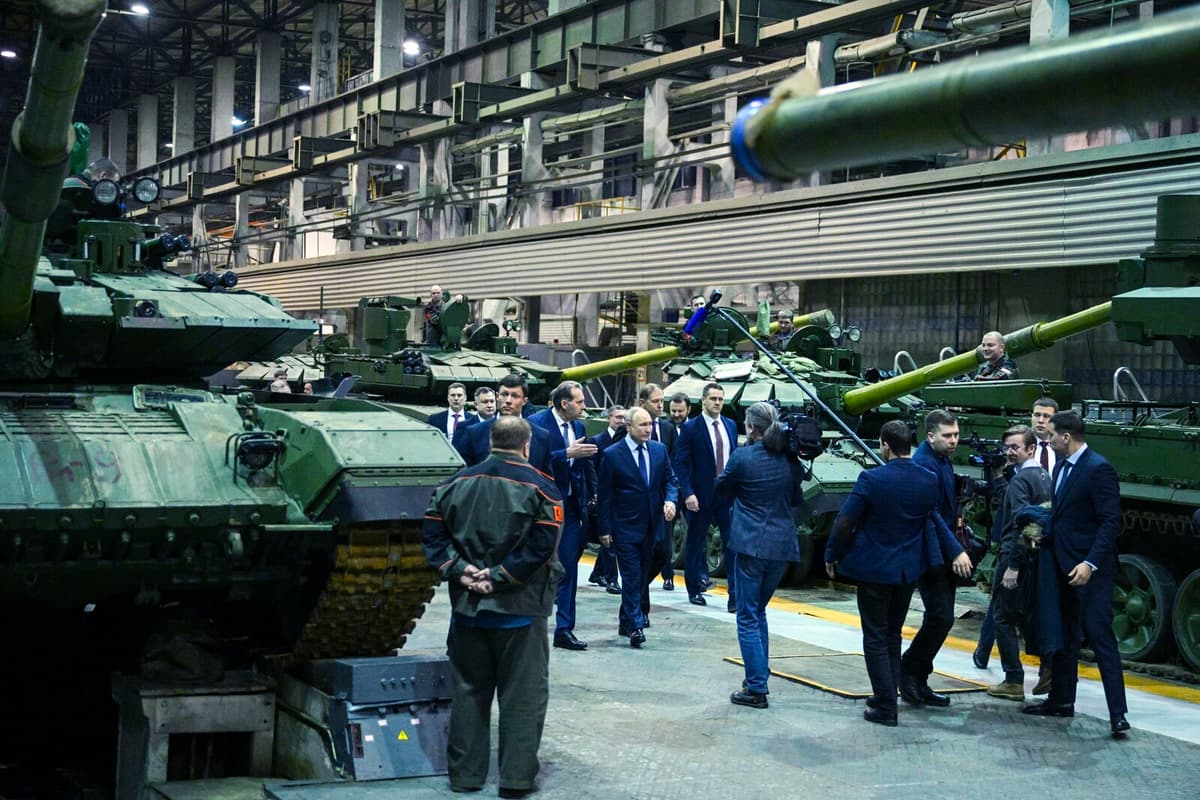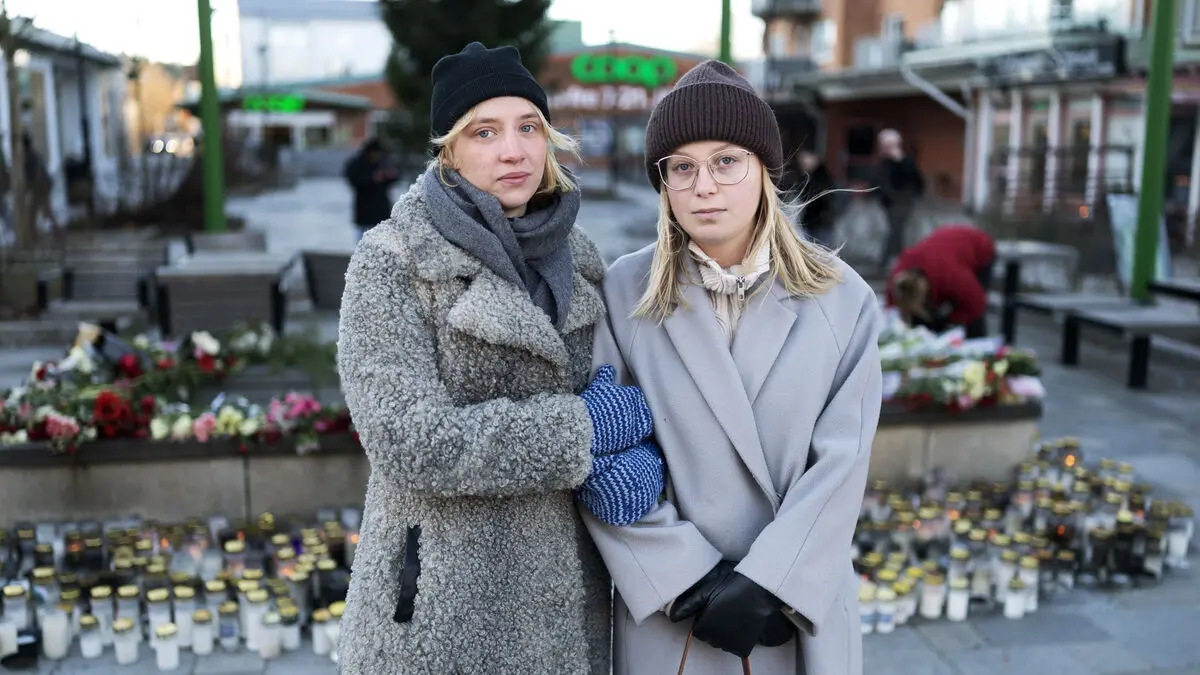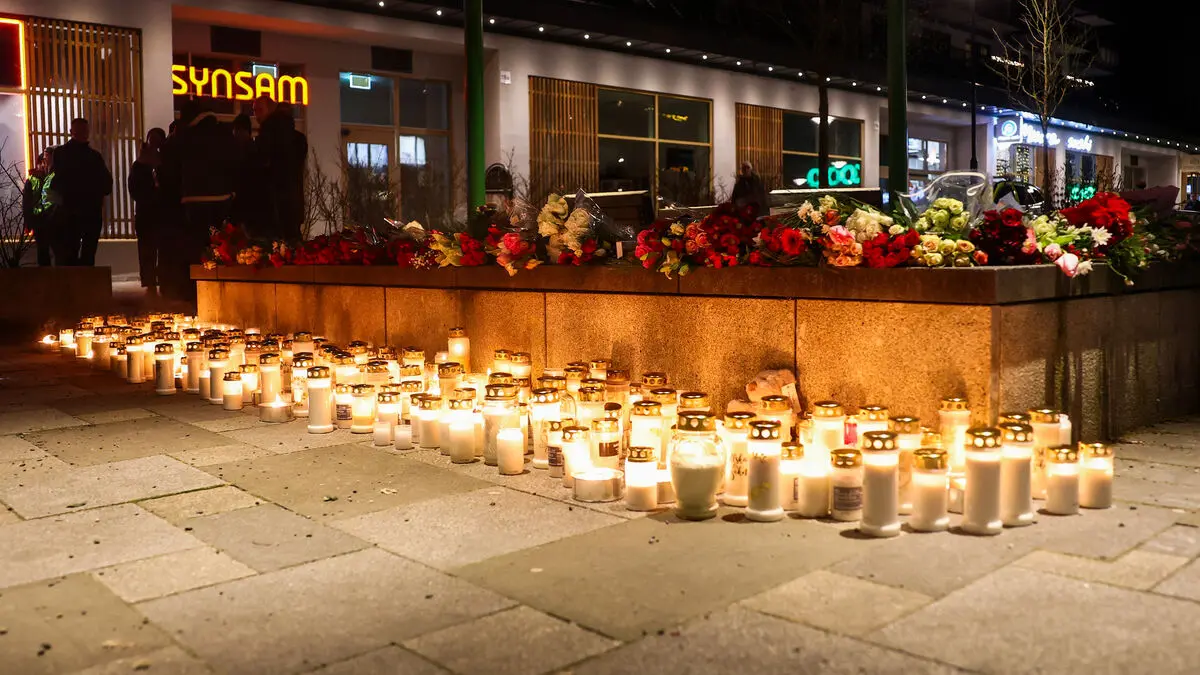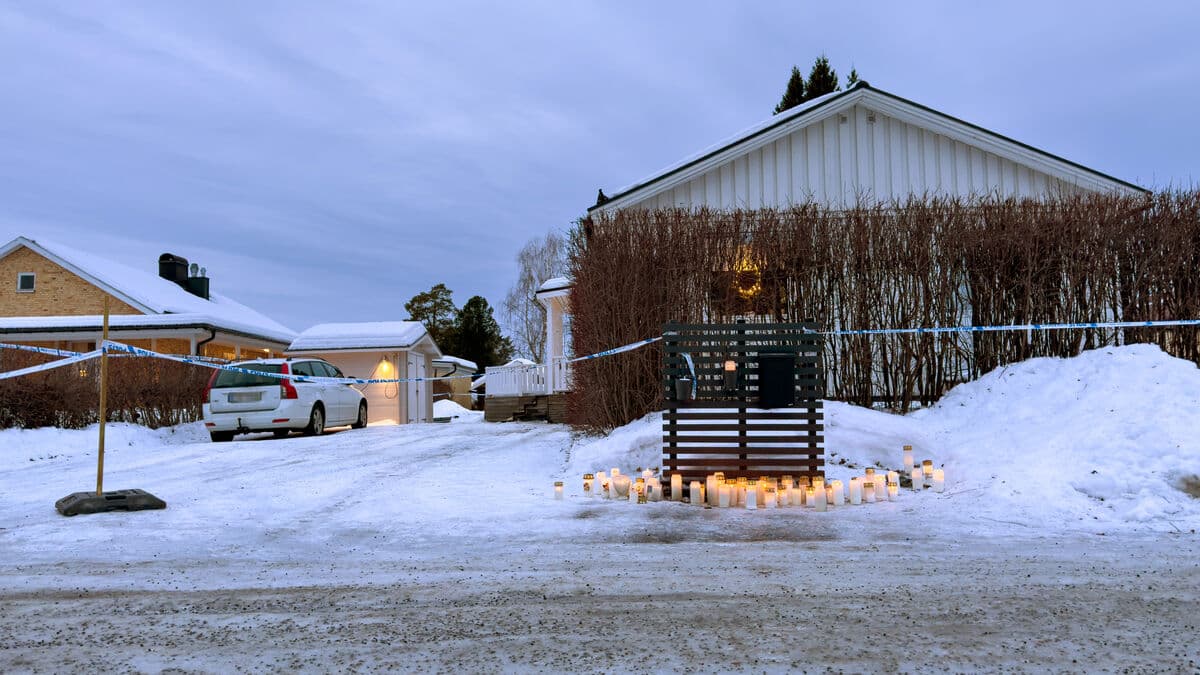The already weakened Russian ruble fell further in value last week. The already high inflation is expected to continue rising.
The central bank has raised the interest rate several times, most recently to 21 percent, and does not rule out further hikes in the near future. But so far, they have not had the desired effect.
When the CEO of major bank VTB, Andrej Kostin, complained about the situation on TV a few weeks ago, he feared that the interest rate would reach 25 percent next year. He turned, like other high-ranking officials, against the central bank's long-standing chief Elvira Nabiullina:
Yes, anything can happen. When women are in charge, anything is possible.
Growth has started to slow down. When Elvira Nabiullina appeared in the State Duma in Moscow last week, she said she saw a bright spot next year – provided there are no more "external shock factors".
Doped military sector
The central bank chief says she is fighting a "chronic inflation disease". She talks about the symptoms, but less about the cause.
When Russia's large-scale invasion of Ukraine initially failed, the Kremlin switched to a full-scale war economy. Billions have been allocated to the military, arms industry, and security services – which has boosted growth, raised wages, and created numerous jobs.
Vladimir Putin boasts about his country's resilience. But the military sector is deemed crucial for Russia's growth – doped with short-term investments. The jobs created are linked to the military, while all other sectors lack labor.
More money is being pumped in. In next year's budget, a third of the funds will go to the military, and with other security expenditures, it is estimated to approach 40 percent. Welfare and social commitments will receive a significantly smaller share of the cake.
Spending the savings
The Kremlin has spent most of the country's vast reserve fund. It is already likely that the Russian authorities will downplay the inflation threat with polished figures.
Russia's export of gas and oil still generates significant revenue, but the central bank's measures are seen by analysts as a warning that the war economy cannot continue indefinitely. There is talk of a risk of stagflation, which would require even stricter measures. But:
"Cutting funding for the war and defense sector is politically unthinkable in Russia for now. Just acknowledging that the war and sanctions triggered this cycle of overheating and downturn is impossible", write two Russian exile analysts on the independent news site The Bell.
Stagflation – a term combining stagnation and inflation – is a state where inflation rises while growth is weak and unemployment is high.
In a normal business cycle, it is not intended for these things to happen simultaneously. In a recession, unemployment is usually high and inflation is low, and in a boom, the opposite is true.
Previously, this state was considered impossible to achieve, as established national economic models were based on a balancing act where unemployment weighed against inflation targets. But crises in the world economy, such as the oil crisis of the 1970s, caused stagflation and turned the science upside down.
In normal cases, a central bank uses its primary tool, interest rate hikes, to counter an inflation that is rising more than expected. But such a measure goes at the expense of growth – while measures to boost growth usually exacerbate inflation. This makes stagflation particularly difficult to handle, and there is no widespread truth about how it can best be done.





